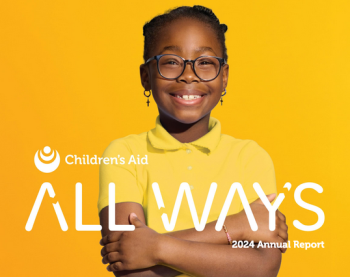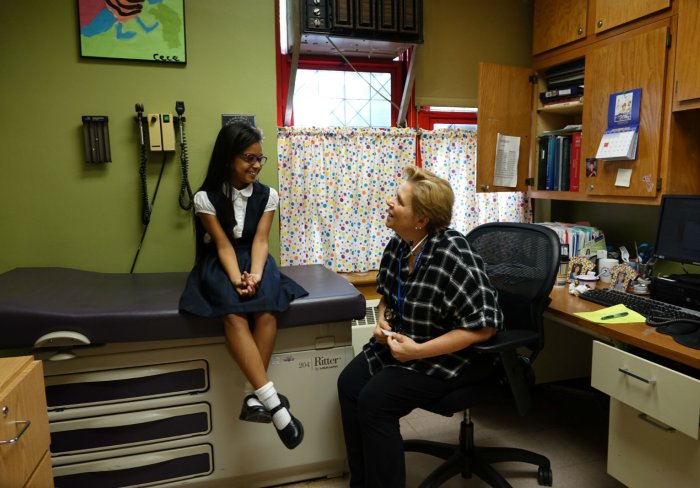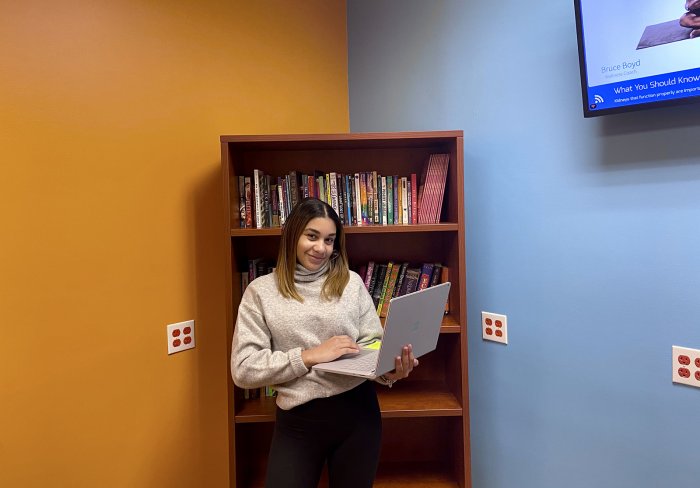Before the pandemic, when school was “live,” Stephen would stop by my office at Bronx Career and College Preparatory High School regularly. These were mostly check-ins, swinging by between classes or for a brief problem-solving chat. Eventually, though, these appearances got longer and longer.
Research shows that young men face a higher rate of mental health problems than their female counterparts, combined with greater systemic and cultural barriers to care. Having me there every day built trust and made counseling accessible for Stephen. Ultimately, he settled into counseling and the work began – only to be disrupted (like everything else) by COVID-19.
Stephen was a remote learner, and it took a while for us to find a rhythm with our virtual sessions in the spring months of 2020. We did not begin counseling sessions until September 2020. However, the fatigue of continuing to grow a virtual therapeutic relationship wore on Stephen, and he began texting at odd hours as his schedule became more fragmented.
Although we would meet on Zoom, he often wanted to have long text exchanges between sessions. Texting is developmentally normal for a teen, but it is not a good platform for complex and empathic communication. Meanwhile, Stephen’s home life became tense as he was around his family more and had none of his usual outlets.
I explained counseling to Stephen so he understood that while counseling needs to be consistent, late nights texts with his therapist were not appropriate. Stephen needed to understand that counseling was a safe space to discuss what was on his mind but that I was not always available to him.
Stephen felt a lot of anxiety because of the disruption in his life and the tension at home. He was angry that I couldn’t be on call, and it was not clear if the relationship was strong enough to navigate the boundaries I needed to put on communication. I had to forge a path where none existed. How do you take school-based counseling into the virtual world and work out issues while still maintaining the relationship? I wanted to be fully available to Stephen when in session, but the texting and conversation outside of the clinical hour were wearing on me. I was concerned about compassion fatigue.
Ultimately, after my vacation was disrupted, I decided that I needed to block Stephen’s communications on non-session days. In order to do this, I worked with him on a go-to safety net of other trusted adults he could turn to.
“Blocking” has a lot of meaning to teens, usually implying a severed relationship. I described what I was doing when I spoke with Stephen as “turning off notifications” so that I would not see his communications on non-session days. Stephen was actually less anxious knowing the limits of communication and has been able to develop and use other supports.
For all of us, it is important to develop multiple support systems. During times of distress, like the pandemic, it’s more vital than ever. Stephen’s story illustrates the power of appropriate attachment in therapy and of the ideal goal of all of our work at Children’s Aid: to see youth become empowered and independent adults. And I’m happy to report that, as we worked through this boundary together, the relationship survived and thrived.







